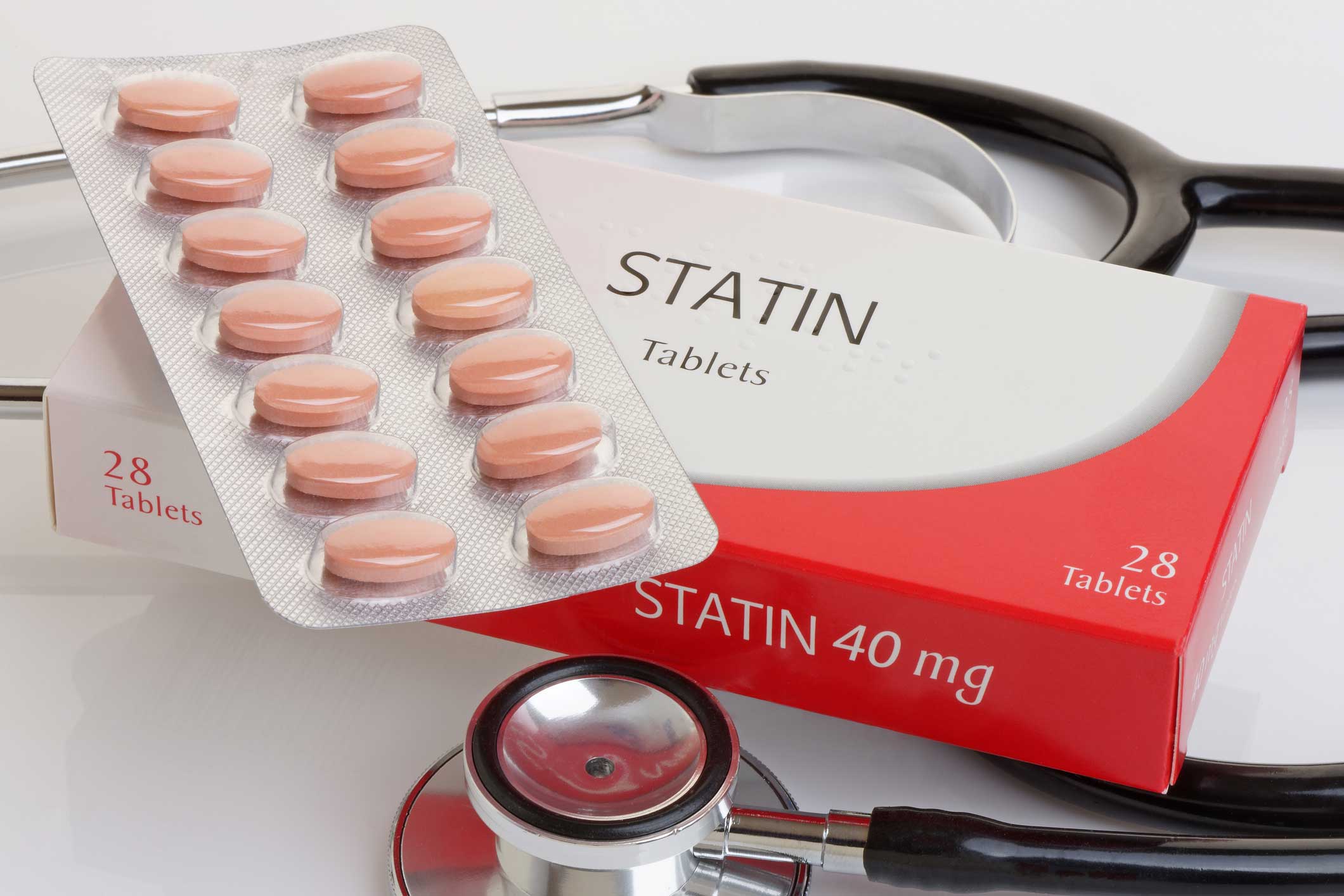<< Back
Are Statins Behind Some Back Problems?

May 01, 2017
Back disorders may be more common when taking a statin, an observational database of military members and their families showed.
Administrative claims data for back disorders (spondylosis, intervertebral disc disorders, and other back problems) were a significant 27 percent more likely among statin users than nonusers with a number needed to harm of 17.6, Una Makris, MD, of the VA North Texas Health Care System in Dallas, and colleagues reported in JAMA Internal Medicine.
Secondary analyses looking at longer use and higher intensity statins showed similar results in the analysis, which matched 6,728 patients who used a statin for at least 120 days to 6,728 nonusers during the period covered by the study, both drawn from the military’s TRICARE health insurance system in the San Antonio area.
“Our results provide additional motivation to further investigate the overall influence of statin therapy on musculoskeletal health, specifically if prescribed for primary prevention in physically active individuals,” the group concluded.
However, cardiologists contacted by MedPage Today argued that the findings shouldn’t lead to statin discontinuation or otherwise influence use.
Paul Thompson, MD, chief of cardiology at Connecticut’s Hartford Hospital:
“All such reports are concerning because statins are lifesaving drugs and we want people to use them. I want people to use them and yet my research is in statin side effects. We think the muscle effects are real, but plenty of people, good researchers, don’t. This study is hampered because it’s not . . . a randomized controlled trial so even all the statistical maneuvering in the world cannot really match the folks exactly. Nevertheless, we think statins do cause muscle issues often in the large back muscle so this may be real. On the other hand, statin users may be weaker, less fit and have back problems from that.”
Jennifer Robinson, MD, MPH, director of the University of Iowa’s Prevention Intervention Center in Iowa City:
“Observational analyses are always problematic, and only add confusion for patients and clinicians. Inappropriate discontinuation of statins due to safety concerns popularized in the press increases cardiovascular events and death rates. Overwhelming data from 28 randomized controlled trials, including four in sicker patients (two in heart failure, two in hemodialysis) has not found an increased risk of myopathy, CK or musculoskeletal adverse effects, and serious myopathy/rhabdomyolysis are rare.
“This is a flawed analysis from which no causal effect can be supported.
“1. An association with bone disorders such as spondylolisthesis and disc disorders is not biologically plausible given proposed mechanism of action is on muscles, and no hint of statin adverse effects on bone (fractures, osteoporosis) in any clinical trial or meta-analysis.
“2. The modestly higher association suggests unmeasured confounding rather than causal relationship – they did not adjust for conditions that predispose to both statin use and back pain such as lack of physical activity.
“3. There was no dose-response relationship with higher intensity statins.
“4. In blinded trials, 75% of statin “intolerant” patients (two or more statins) were able to tolerate atorvastatin 20 mg.”
Also, Carl (Chip) Lavie, MD, medical director of cardiac rehabilitation and prevention at the Ochsner Health System in New Orleans, told MedPage Today that whether the association is causal or not, the finding “just reaffirms that very low-risk patients do not need to be on statins” whereas the benefits would still “way outweigh” the risks in higher cardiovascular risk patients.